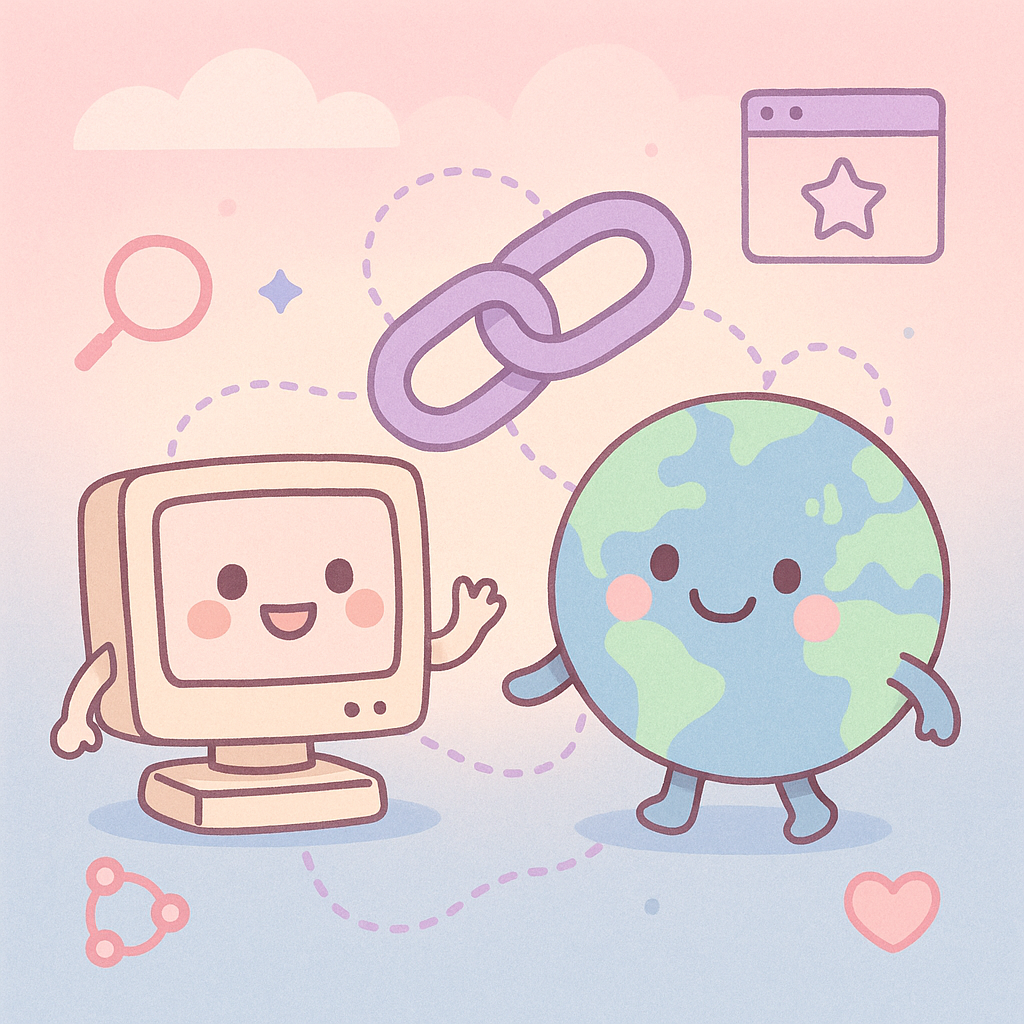Web Evolution

The World Wide Web is something that most of us use every single day without thinking too much about how it all began. It is easy to mix up the World Wide Web with the Internet, but they are not the same thing. The Internet is a massive network of computers all over the world, and the Web is a way to access information on that network through pages, images, links, and other features (Kartik, 2024; Jasuja, n.d.). Back in the late 1980s and early 1990s, Tim Berners-Lee was working at CERN when he came up with the idea that people should be able to share information with each other more easily. He created a system that used web pages, hyperlinks, and a special language called HTML so that documents could be connected and viewed from anywhere (Owen, 2014). This invention would later grow into the World Wide Web we all know today.
Key Terms
- Internet
- A massive network of computers around the world that are connected and communicate with each other.
- World Wide Web (WWW)
- An information system on the Internet that allows documents to be connected via hyperlinks, enabling users to view and navigate linked documents.
- Web Browser
- Software application used to access and display pages on the World Wide Web (e.g., Chrome, Firefox, Safari).
- HTML
- HyperText Markup Language, the standard language used to create and structure content on web pages.
- HTTP
- HyperText Transfer Protocol, the underlying communication protocol of the Web that defines how messages are formatted and transmitted between browsers (clients) and servers.
- Web 2.0
- A term for the second generation of the Web, focused on user-generated content, interactivity, and social media platforms.